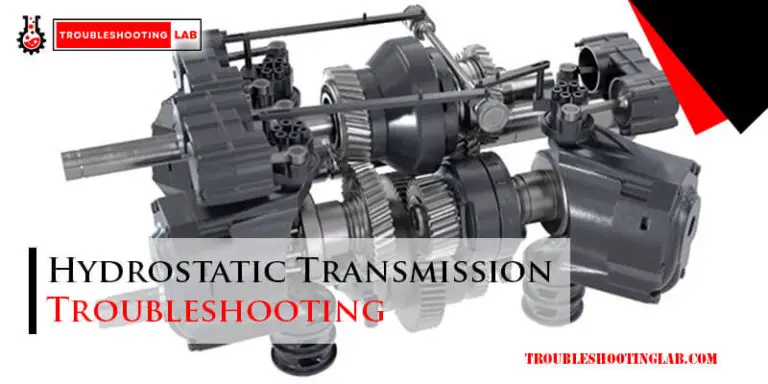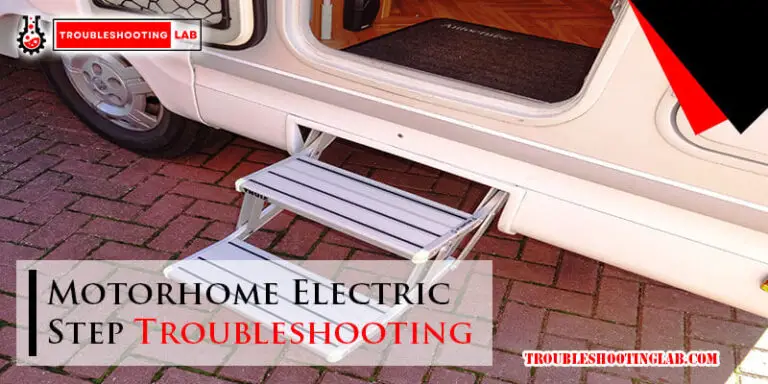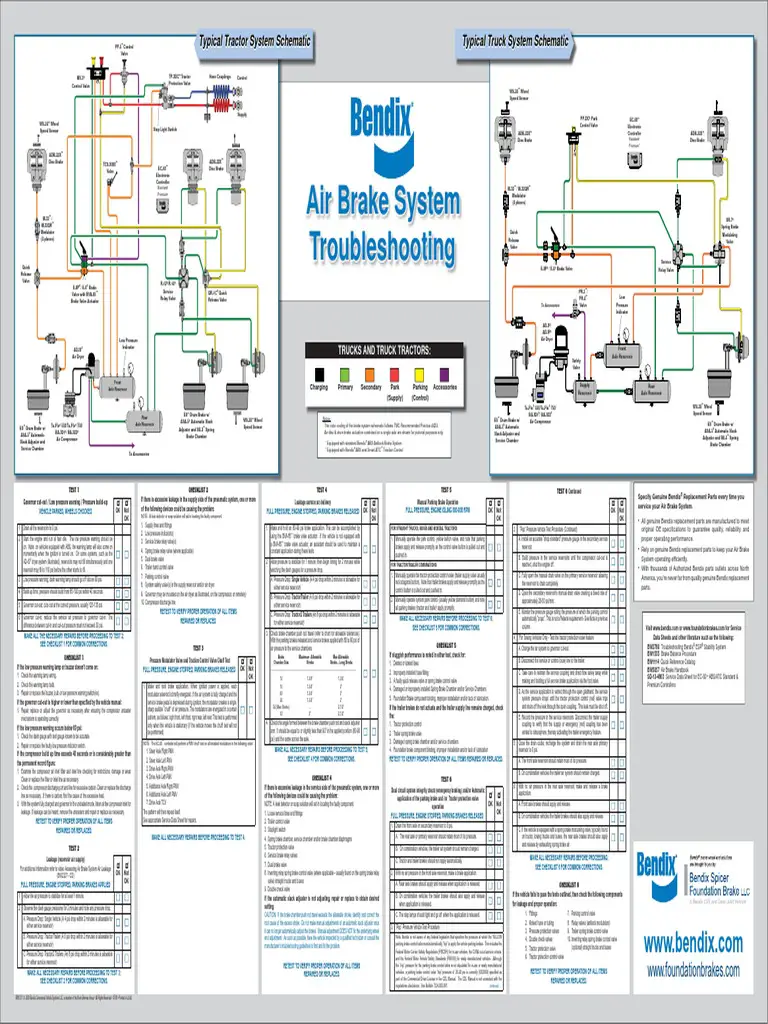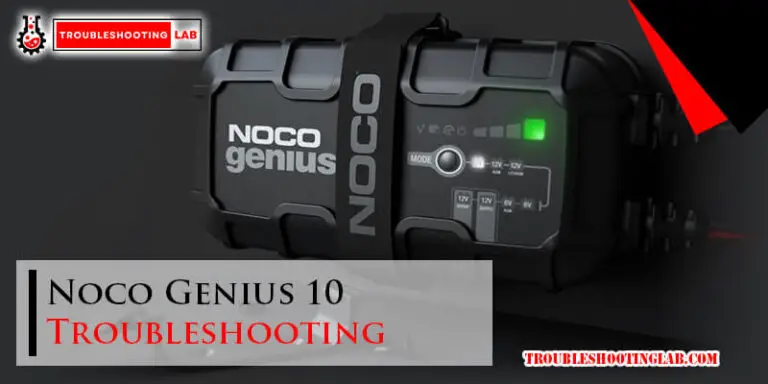Honda Generator Troubleshooting Manual: Expert Tips and Solutions
Generators are lifesavers during power outages. Honda generators are known for their reliability.
Yet, even the best machines can face issues. That’s where a troubleshooting manual becomes essential. Knowing how to fix minor problems can save time and money. This guide will help you understand common issues with Honda generators. From starting problems to unusual noises, we’ll cover the basics.
You’ll learn to handle these situations with confidence. Whether you’re a novice or experienced user, this manual is for you. Let’s dive into the world of Honda generator troubleshooting. Get ready to keep your generator running smoothly.
Common Generator Issues
Generators can be a lifesaver during power outages. Yet, they can face some common issues. Understanding these issues can help you fix them quickly. Let’s dive into some frequent problems you might encounter with your Honda generator.
Starting Problems
One of the most common issues is trouble starting the generator. Here are some possible causes:
- Empty Fuel Tank: Make sure the fuel tank is filled.
- Old Fuel: Stale fuel can cause starting problems. Use fresh fuel.
- Choke Position: Ensure the choke is in the correct position.
- Dirty Air Filter: A clogged air filter can restrict airflow. Clean or replace it.
- Battery Issues: Check if the battery is charged and connected properly.
Power Output Issues
Another common problem is inconsistent power output. Here’s how to troubleshoot:
- Overloading: Don’t connect too many appliances. Check the generator’s capacity.
- Voltage Selector: Ensure the voltage selector is set correctly.
- Wiring Problems: Inspect the wiring for any loose connections or damage.
- Oil Levels: Low oil levels can affect power output. Check and refill if needed.
- Dirty Spark Plug: A dirty spark plug can cause poor performance. Clean or replace it.
Address these issues to ensure your Honda generator runs smoothly. Regular maintenance can prevent many of these problems. Stay prepared and keep your generator in top condition.

Credit: www.ebay.com
Fuel System Troubles
Fuel system troubles can disrupt the performance of your Honda generator. Identifying and resolving these issues ensures smooth operation. Below, we discuss common problems like fuel quality and clogged fuel lines.
Fuel Quality
Fuel quality plays a crucial role in your generator’s performance. Using old or contaminated fuel can cause engine issues. Always use fresh, clean fuel. Here are some tips to maintain fuel quality:
- Store fuel in a clean, sealed container.
- Use fuel stabilizer if storing for more than 30 days.
- Avoid using fuel with more than 10% ethanol.
Check the fuel regularly for signs of contamination. Replace it if you notice any dirt or water.
Clogged Fuel Lines
Clogged fuel lines can stop fuel from reaching the engine. This can lead to starting problems or poor performance. To address this, follow these steps:
- Turn off the generator and let it cool.
- Locate the fuel lines and check for visible clogs.
- Use a small brush or compressed air to clean the lines.
- Reassemble and test the generator.
Regular maintenance helps prevent clogs. Inspect fuel lines periodically for any signs of wear or blockages.
Electrical System Faults
The electrical system in your Honda generator is crucial for its operation. Faults in this system can cause major problems. Understanding and troubleshooting these faults can save you time and money.
Battery Problems
The battery is the heart of your generator’s electrical system. A weak or dead battery can prevent the generator from starting. Check the battery voltage using a multimeter. The voltage should be around 12.6 volts when fully charged.
- If the voltage is below 12 volts, the battery may need charging or replacement.
- Inspect the battery terminals for corrosion. Clean them with a wire brush if needed.
- Ensure the battery cables are tight. Loose connections can cause starting issues.
Wiring Issues
Faulty wiring can disrupt the electrical system. Inspect the wiring for any visible damage. Look for frayed wires, loose connections, or burnt spots.
| Issue | Action |
|---|---|
| Frayed Wires | Replace the damaged wires. |
| Loose Connections | Tighten all connections securely. |
| Burnt Spots | Inspect for shorts and replace damaged sections. |
Use a multimeter to check continuity in the wiring. This helps ensure there are no breaks in the circuit. Fix any wiring faults found to restore proper function.
Understanding these common issues can keep your Honda generator running smoothly. Regular checks and maintenance can prevent most electrical system faults.
Engine Performance Problems
Experiencing engine performance problems with your Honda generator can be frustrating. This section will help you identify and troubleshoot common issues related to engine performance. We will cover two main problems: overheating and unusual noises.
Overheating
Overheating is a common issue in Honda generators. It can cause severe damage if not addressed. Here are some steps to troubleshoot overheating issues:
- Check the coolant level: Ensure the coolant reservoir is filled to the correct level. Low coolant can cause overheating.
- Inspect the radiator: Make sure the radiator is clean and free of debris. Blockages can prevent proper cooling.
- Fan operation: Verify that the cooling fan is working correctly. A faulty fan can lead to overheating.
- Oil level: Check the engine oil level. Low oil can cause the engine to overheat.
Unusual Noises
If your Honda generator is making unusual noises, it might indicate an underlying problem. Here’s how to troubleshoot:
- Loose components: Check for any loose parts or screws. Tighten them if necessary.
- Engine knocking: This could be due to low oil or poor fuel quality. Check and refill as needed.
- Strange vibrations: Inspect the mounting and alignment of the engine. Misalignment can cause unusual vibrations.
- Worn-out parts: Listen for worn-out bearings or other moving parts. Replace them if needed.
By following these steps, you can often resolve common engine performance problems in your Honda generator. Keeping your generator in good condition ensures reliable performance.
Maintenance Tips
Maintaining your Honda generator ensures it runs smoothly and lasts longer. Regular maintenance prevents unexpected breakdowns. Proper care also enhances efficiency. Follow these tips to keep your generator in top shape.
Regular Inspections
Check your generator regularly. Look for loose parts, leaks, or damage. Inspect the air filter and replace it if dirty. Check the oil level and add oil if needed. Inspect the spark plug for wear. Replace it if it looks worn out. Regular inspections help catch problems early.
Cleaning Procedures
Keep your generator clean. Dust and debris can cause issues. Wipe down the exterior with a damp cloth. Clean the air filter by removing dust. If it’s very dirty, replace it. Clean the spark plug with a wire brush. Ensure the fuel tank is clean. This helps maintain optimal performance.
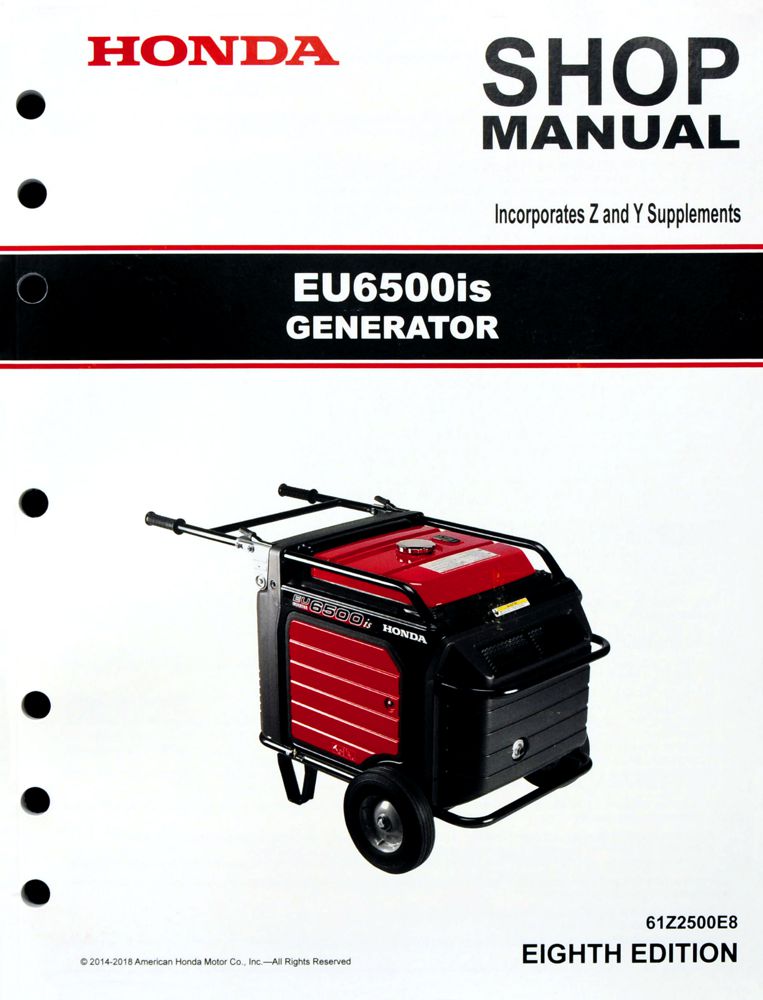
Credit: publications.powerequipment.honda.com
Parts Replacement
Replacing parts on your Honda generator can seem daunting. But with the right guidance, it becomes straightforward. This section will guide you through finding and installing replacement parts. Proper maintenance ensures your generator runs smoothly for a long time.
Finding Replacement Parts
Start by identifying the parts you need. Refer to the Honda generator manual for part numbers. You can find these manuals online or in the packaging of your generator. Once you have the part numbers, search for them on Honda’s official website. This ensures you get genuine parts.
Local hardware stores may also carry Honda generator parts. Call them first to check availability. Online marketplaces like Amazon or eBay offer parts too. But be cautious about their authenticity. Only buy from trusted sellers with good reviews.
Installation Tips
Before starting, make sure your generator is off and cool. Safety first. Gather all the tools you need. This includes screwdrivers, wrenches, and pliers. Having everything ready saves time and hassle.
Follow the instructions in the manual closely. Remove the old part carefully. Take note of how it’s connected. This helps you install the new part correctly. If the manual has pictures, use them as a guide.
After installing the new part, double-check everything. Ensure all screws and bolts are tight. Turn on the generator to test the new part. Listen for any unusual noises. If everything sounds good, you’ve done a great job.
Safety Precautions
Understanding safety precautions is crucial when using a Honda generator. Ensuring safety minimizes risks and promotes smooth operation. This section covers essential safety measures to follow.
Proper Handling
Always read the user manual before operating your Honda generator. Wear protective gear like gloves and safety glasses. Place the generator on a stable, flat surface. Never operate in wet conditions to avoid electric shock. Keep children and pets away from the generator.
Ensure the generator is grounded properly to prevent electrical hazards. Store the generator in a dry, well-ventilated area. Regularly inspect for any damage or leaks. Address any issues before use.
Emergency Protocols
In case of an emergency, turn off the generator immediately. Disconnect all appliances connected to the generator. Move to a safe distance from the generator. Check for any signs of fire or smoke.
If you detect a fuel leak, avoid sparks and open flames. Contact emergency services if the situation is beyond control. Familiarize yourself with the fire extinguisher location. Learn how to use it correctly.
Ensure you have emergency contact numbers readily available. Educate everyone in your household about these protocols. Regular drills can help ensure everyone knows what to do.

Credit: www.ebay.com
Professional Help
Maintaining and troubleshooting a Honda generator can be a challenging task. At times, issues may arise that are beyond your expertise. In such cases, seeking professional help becomes essential. Here, we will guide you on when to call a technician and how to choose a service center.
When To Call A Technician
Some generator issues can be fixed with basic troubleshooting. Yet, there are situations where calling a technician is the best option. Here are some instances when you should call a professional:
- Persistent Engine Problems: If the engine fails to start or runs erratically despite your efforts.
- Electrical Issues: When the generator fails to produce electricity or there are wiring problems.
- Fuel System Issues: If you notice fuel leaks or the generator consumes fuel excessively.
- Unusual Noises: Strange noises from the engine or any other part of the generator.
Choosing A Service Center
Selecting the right service center is crucial for effective repairs. Here are some tips to help you choose a reliable service center:
- Check Credentials: Ensure the service center is authorized by Honda. Authorized centers have trained technicians and genuine parts.
- Read Reviews: Look for reviews and ratings from other customers. Positive feedback indicates reliable service.
- Compare Costs: Get quotes from different service centers. Compare their prices and services before making a decision.
- Ask About Warranty: Check if the service center offers a warranty on repairs. A warranty ensures you get support if issues persist.
Taking the time to choose the right service center will save you time and money. It ensures your Honda generator runs smoothly for years.
Frequently Asked Questions
How Do I Start My Honda Generator?
To start your Honda generator, turn the fuel valve on. Set the choke lever to the “closed” position. Turn the engine switch on. Pull the starter grip lightly until resistance is felt, then pull briskly.
Why Won’t My Honda Generator Start?
Check the fuel level and make sure it’s fresh. Ensure the spark plug is clean and properly connected. Verify that the choke and fuel valve are correctly set.
How Do I Maintain My Honda Generator?
Regularly check and change the oil. Clean or replace the air filter. Inspect and clean the spark plug. Check the fuel system for leaks or damage.
What Does The Overload Alarm Mean?
The overload alarm indicates that the generator is drawing too much power. Reduce the electrical load by unplugging some devices. Reset the circuit breaker if necessary.
Why Is My Honda Generator Running Rough?
A rough-running generator can be due to dirty fuel, a clogged air filter, or a faulty spark plug. Clean or replace these components as needed.
Conclusion
Fixing Honda generators can be straightforward with the right guidance. This manual offers clear steps for common issues. Follow these tips to keep your generator running smoothly. Regular maintenance is key. Check parts and clean components often. Don’t ignore small problems.
Address them early to avoid bigger issues. With proper care, your Honda generator will last longer and perform better. Happy troubleshooting!

